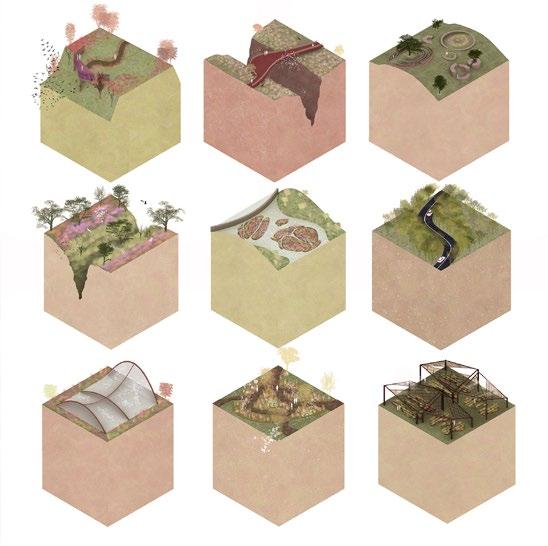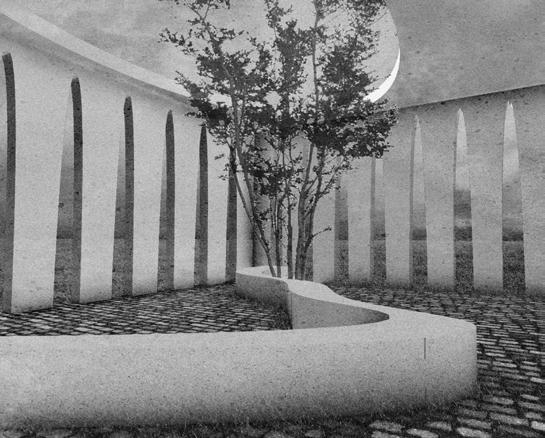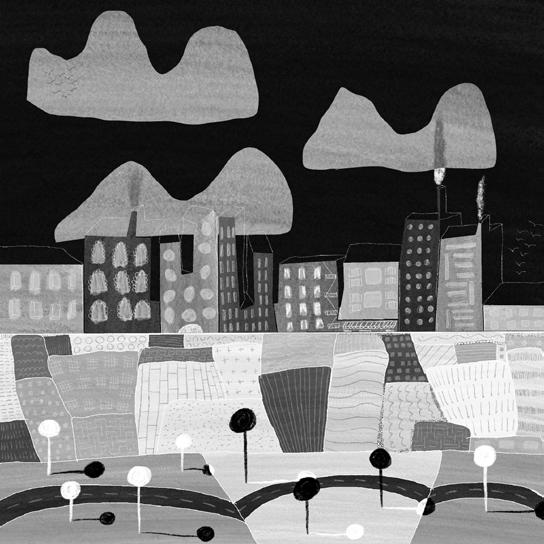mycoBench - a material exploration
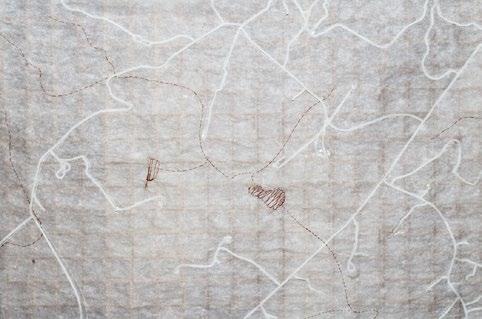

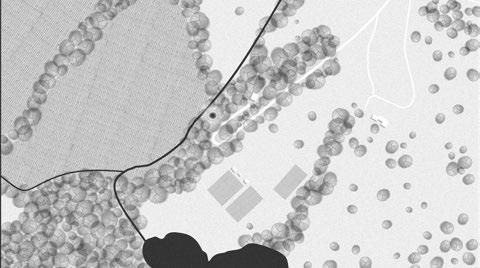

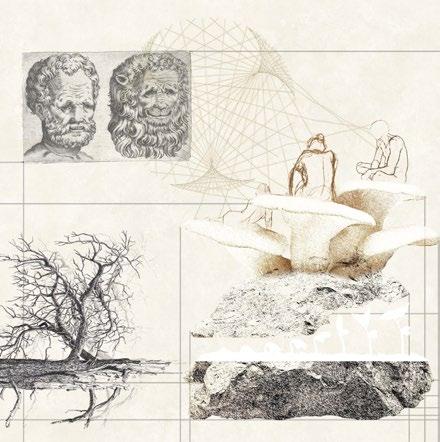
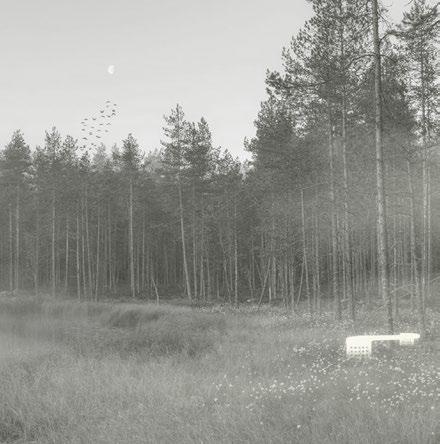
Mycelium is the network of threads from which mushrooms grow- mushroom “roots”. Not all mycelia fruit mushrooms, but all mushrooms come from mycelia. It can most commonly be found in fields, forests, and heavily wooded areas. Besides providing a structural system for mushrooms, mycelium also has many structural components as a building material. After inoculation and growth, mycelium has a stronger pound for pound ratio than concrete. It is fireproof, non-toxic, and partly mold/water resistant. Additionally, mycelium can trap more heat than fiberglass insulation, is 100% biodegradable, and extremely lightweight. These qualities alone render mycelium as a viable building material within certain contexts.
MycoBench explores the building possibilities of mycelium, researching this through the construction of a public bench. The bench coerces groups of people to commune together, as well as allows the individual. Given mycelium’s biodegradable nature, the bench will decay over time, until it is no longer suitable to support the human body. As it moves away from a human bench, it moves towards a natural habitat. The decay invites insects, small animals, plants, and other fungi to settle and lounge on the mycelium landscape. Eventually, the bench will weather and decay until it no longer exists. Although the bench has an inherently ephemeral nature, it will make a lasting impact on the ground it once stood on. Feeding nutrients into the soil, inviting wildlife along the way, the ground that once housed mycoBench will flourish. There is a beautiful dialogue created between the presence of humans, the natural cycle of decay, and the rebirth of life
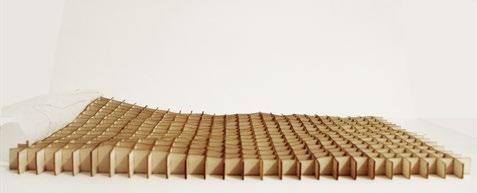

Conceptual Render
 Conceptual Collages
Exploded Axon of Site
Site Plan
Panoramic Site Collage
Conceptual Collages
Exploded Axon of Site
Site Plan
Panoramic Site Collage
Three Stools
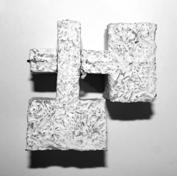
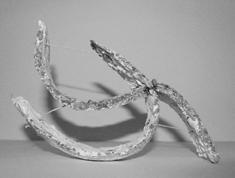
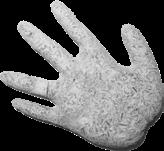
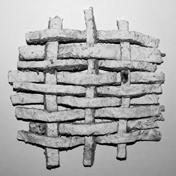
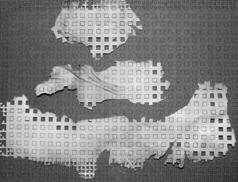
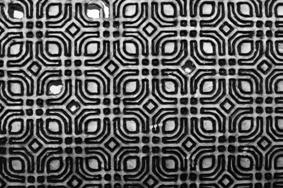
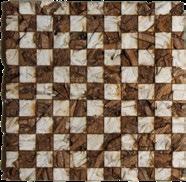
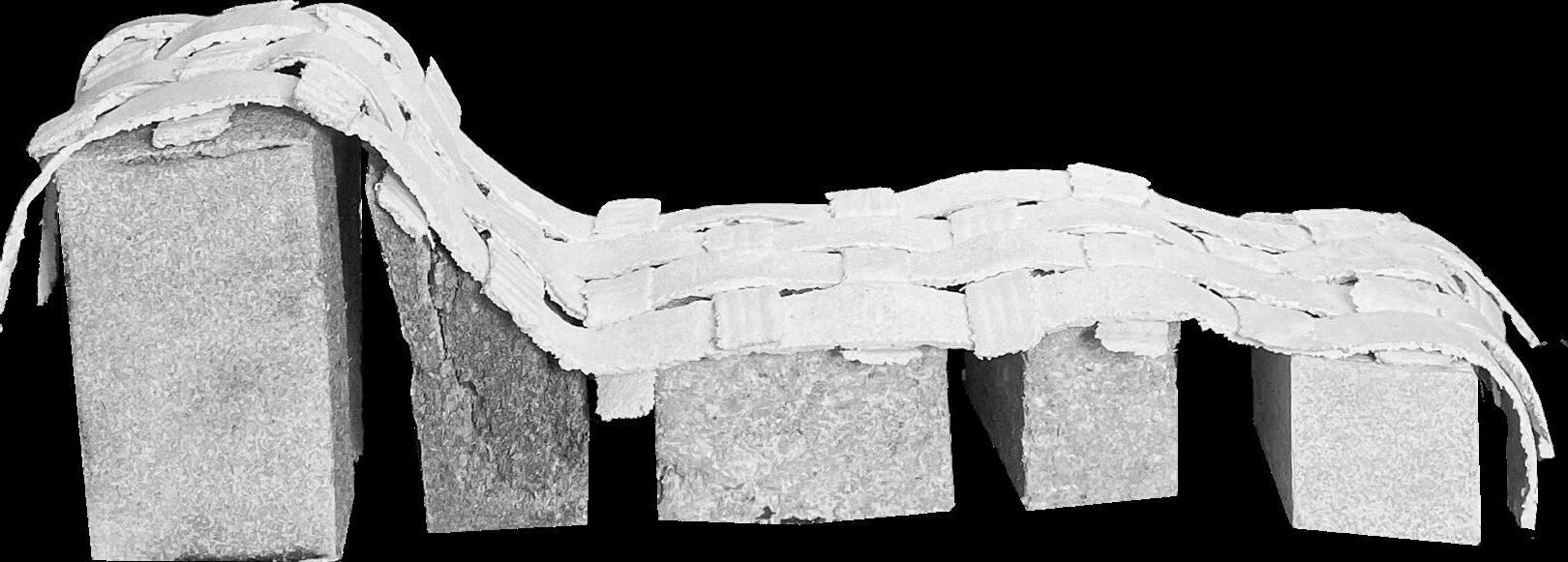
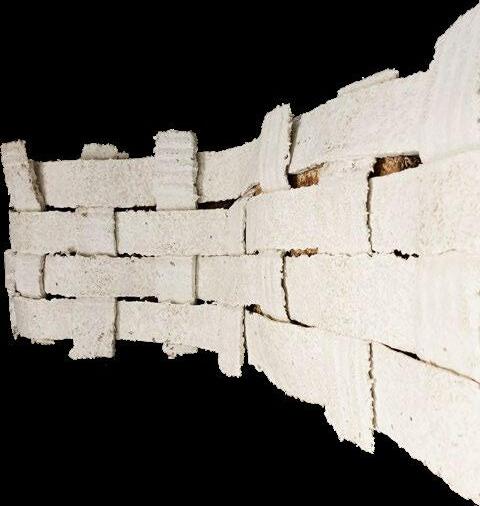
In order to gain a better understanding of mycelium and the viability of a mycelium-made seat, I grew three mycelium stools. The goal of this was to see how the stool weathered depending on the finishing method used-unfinished, moss coating, or sanded. The stools were left outside for two months.
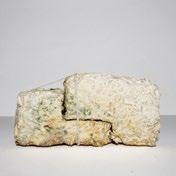
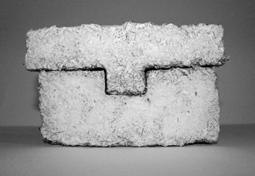
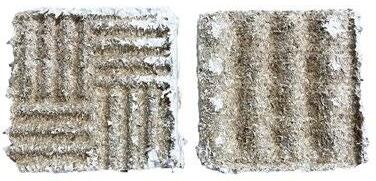

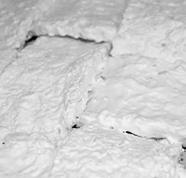
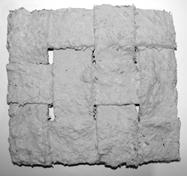
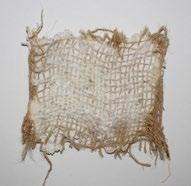
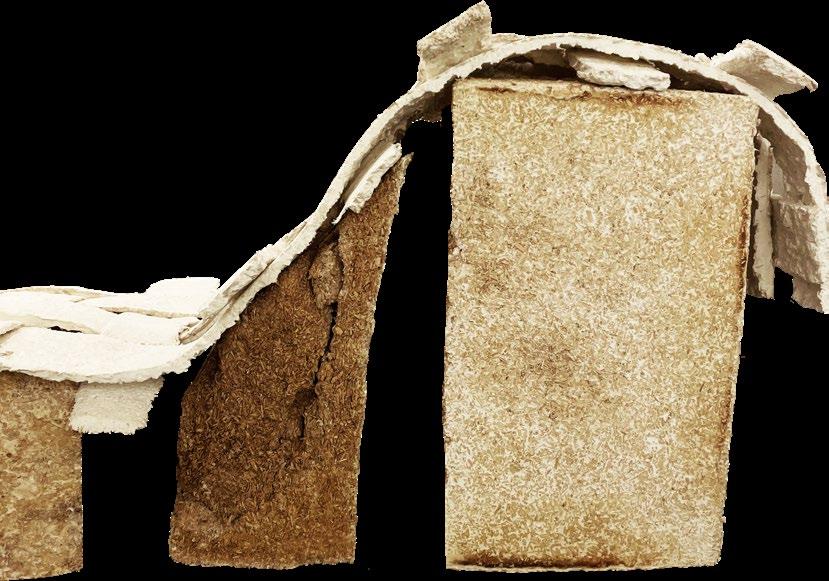
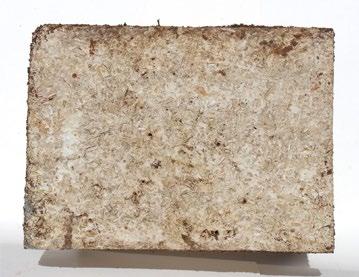
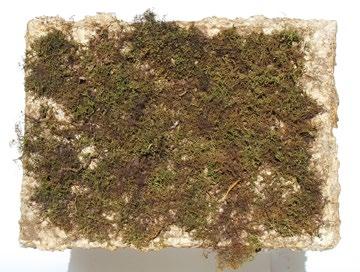
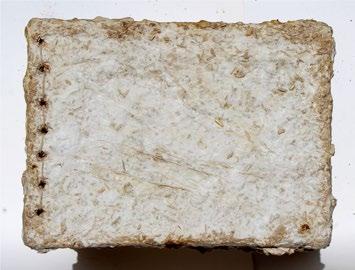
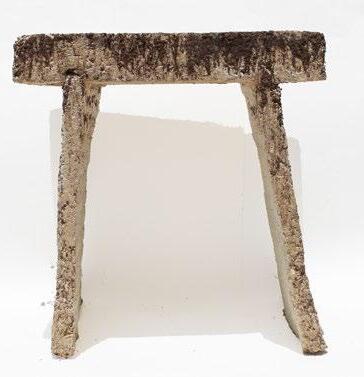
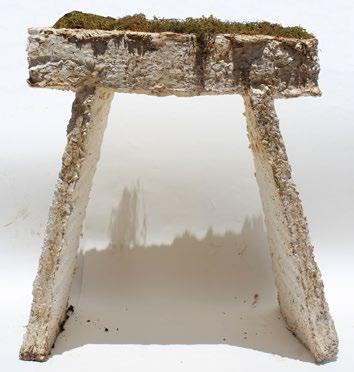
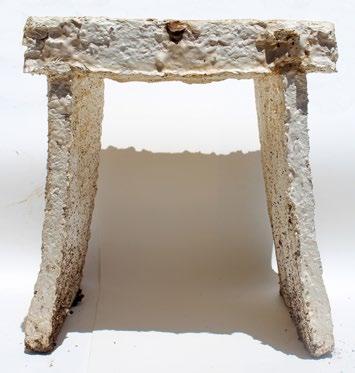
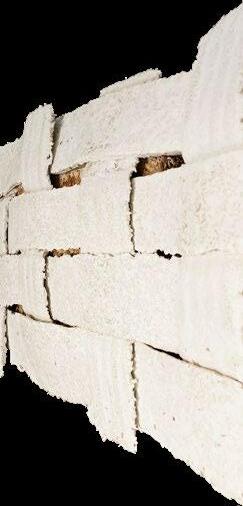
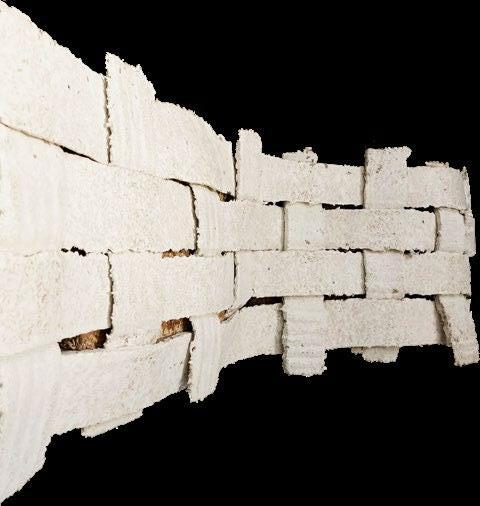 Untouched Sanded Moss
Bench Grown and Assembled
Untouched Sanded Moss
Bench Grown and Assembled
Material Intimacy in Chapultepec Park, CDMX

The primary objective of the project is to create spaces new to Chapultepec Park, ones that are both intimate and open, reflective and engaging. This is done through exploring form and materiality through the lens of Mexico’s indigenous practices, old and new. Utilizing materials native to Mexico and common among past indigenous building practices, two structures are formed.
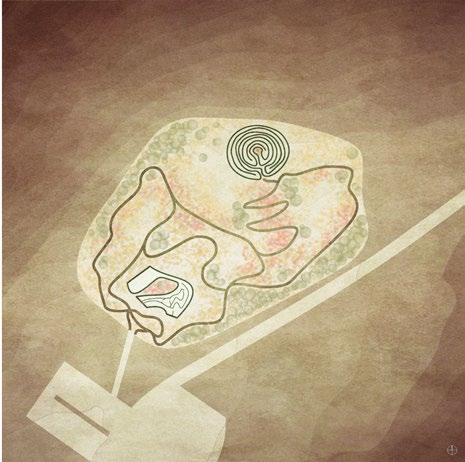
The first structure is formed out of rammed earth. The sole entrance leads to a museum space exhibiting the history of Mexico’s indigenous culture and spiritual practices through artwork. Moving through the exhibit and into a narrow passageway, visitors are then welcomed into an expansive, light-filled room, guided by a complexity of adobe walls.
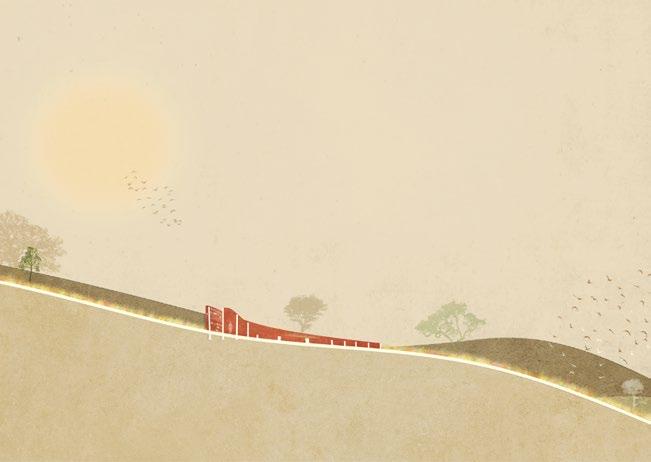
The second structure is an 3D printed adobe maze, completed with a garden in the center. The walls of the maze rise and fall, giving the individual an opportunity to reflect upon oneself within the tall walls and reflect on the beauty of their natural surroundings within the shorter walls. The maze allows the individual to wander aimlessly, with the possibility of endless new findings.

Erected through a coalescence of both new and old building practices, the structures provide a space for visitors of Chapultepec Park to engage with the site on all scales, promoting reflection within oneself, as well as with-
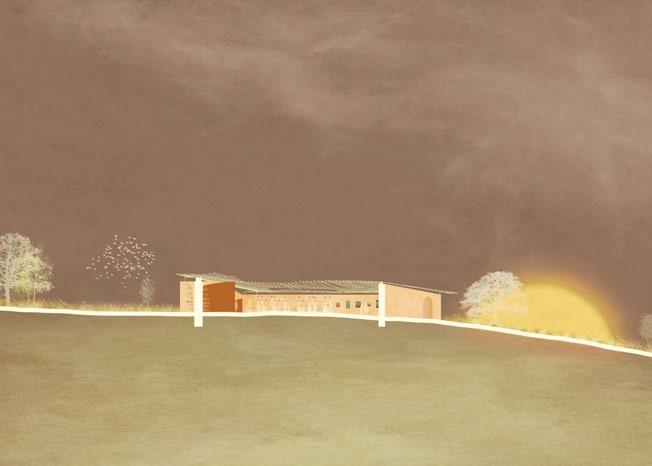
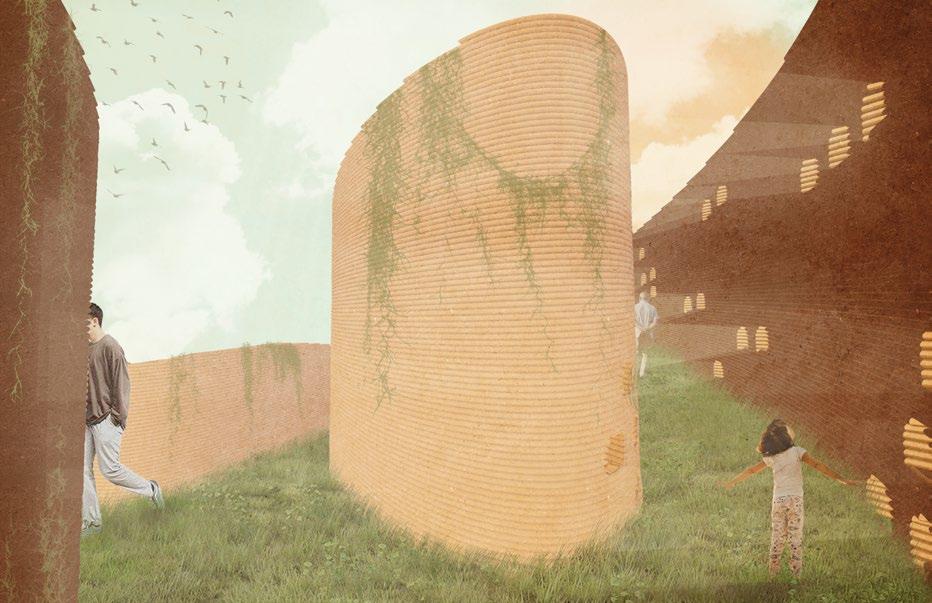
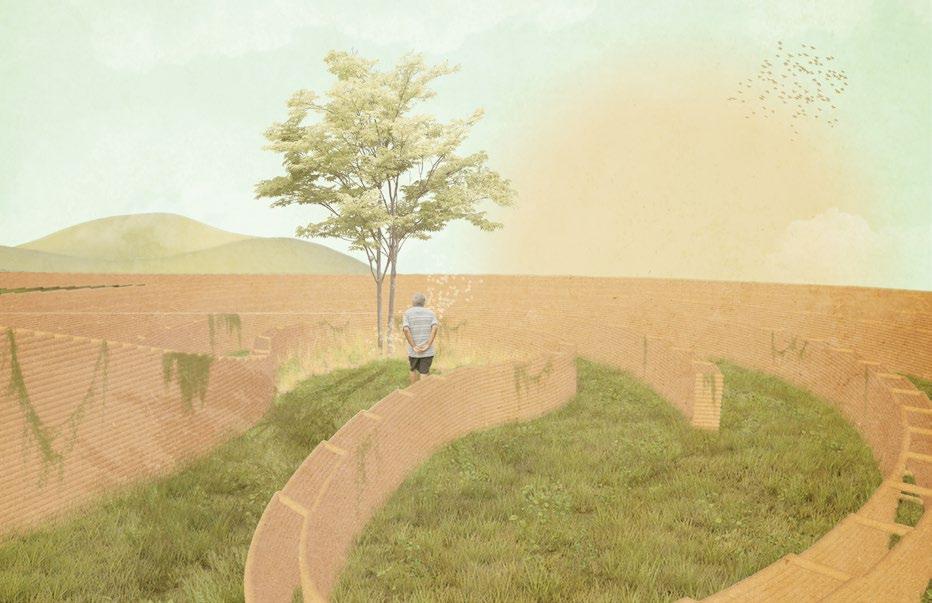
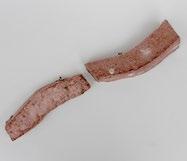
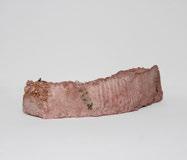
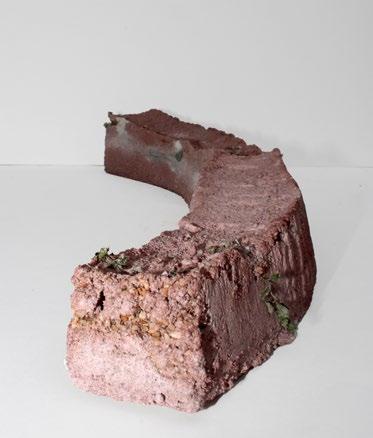
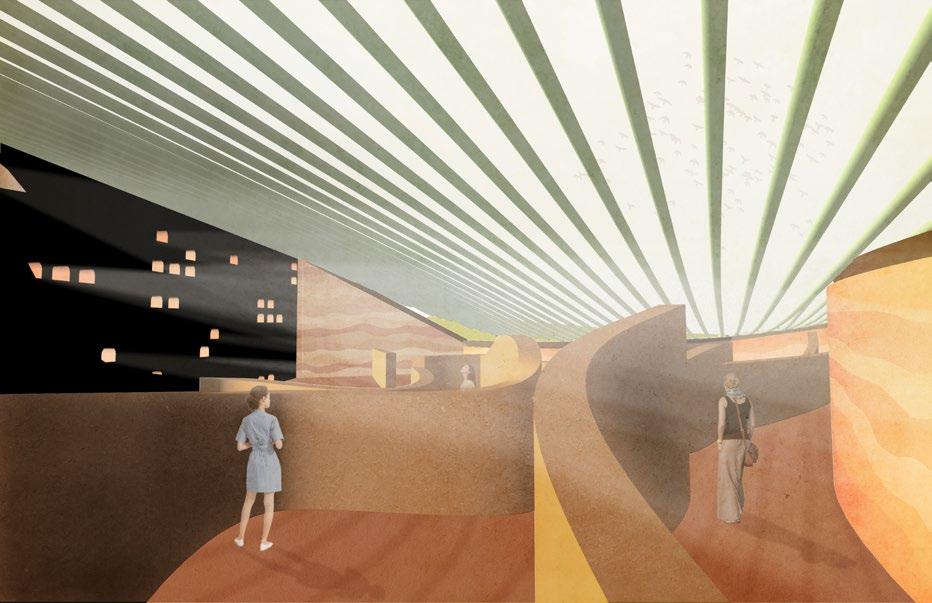
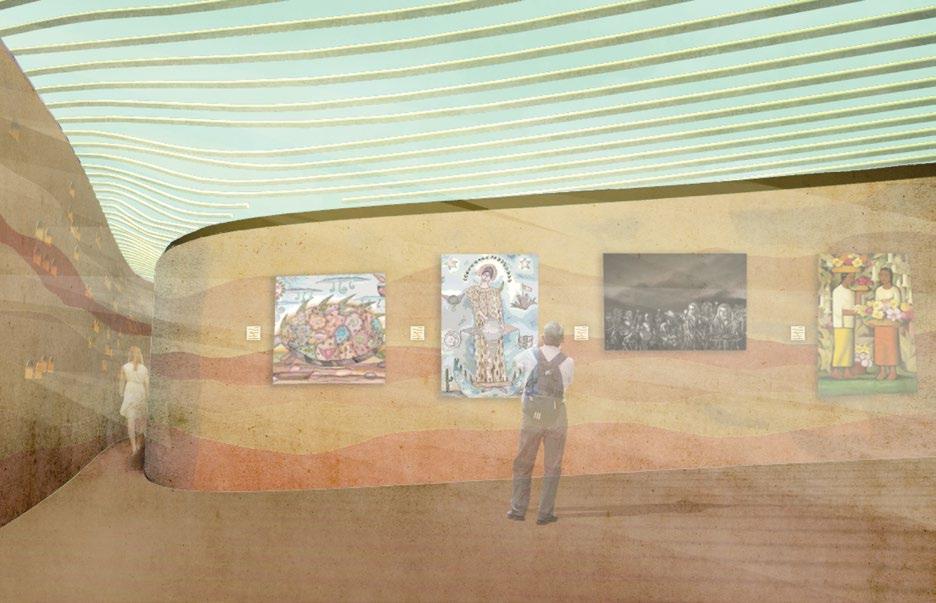
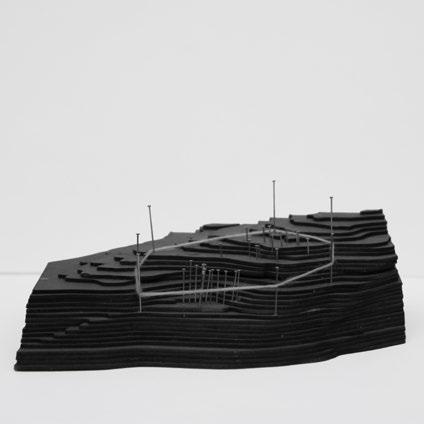
Woven Histories
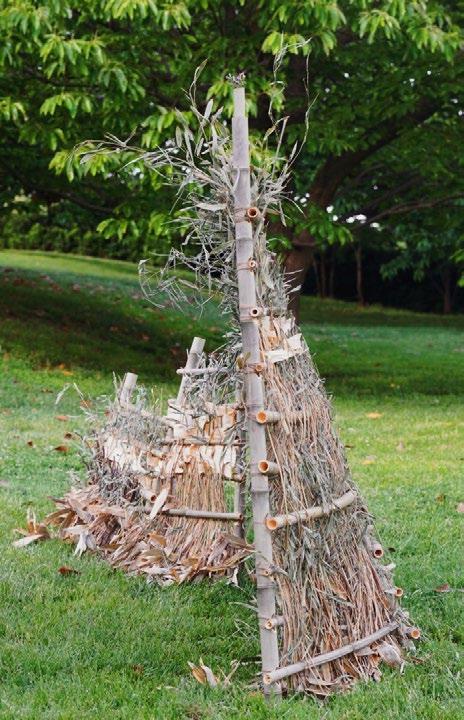
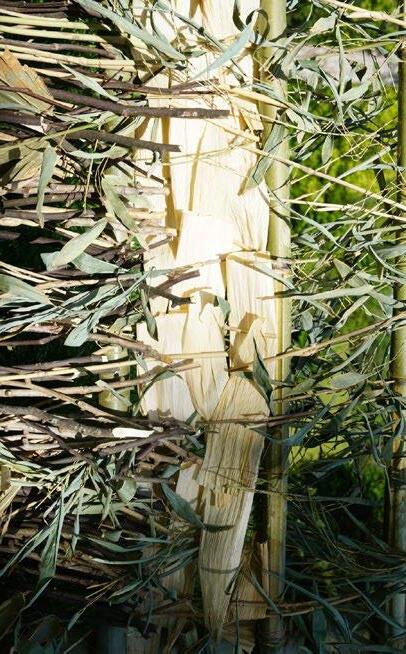
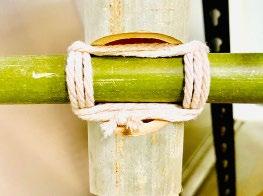
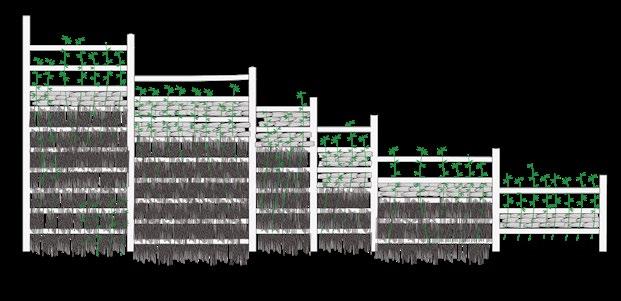
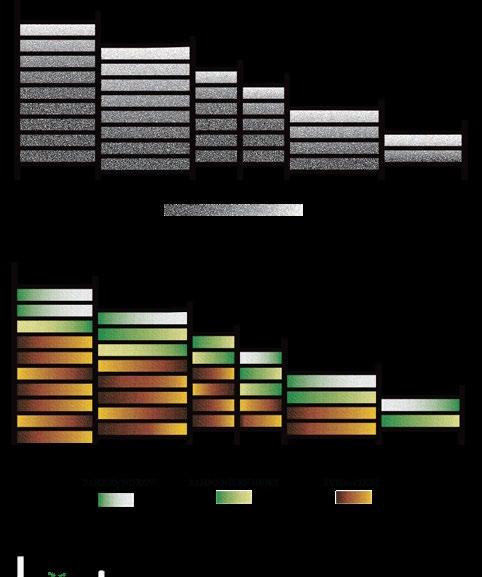
Woven Histories brings the complex narratives of Morven Farm into dialogue with various fabrication techniques. The stories of the lands inhabitants provide us with the opportunity to create thoughtful experiences for visitors of all backgrounds.
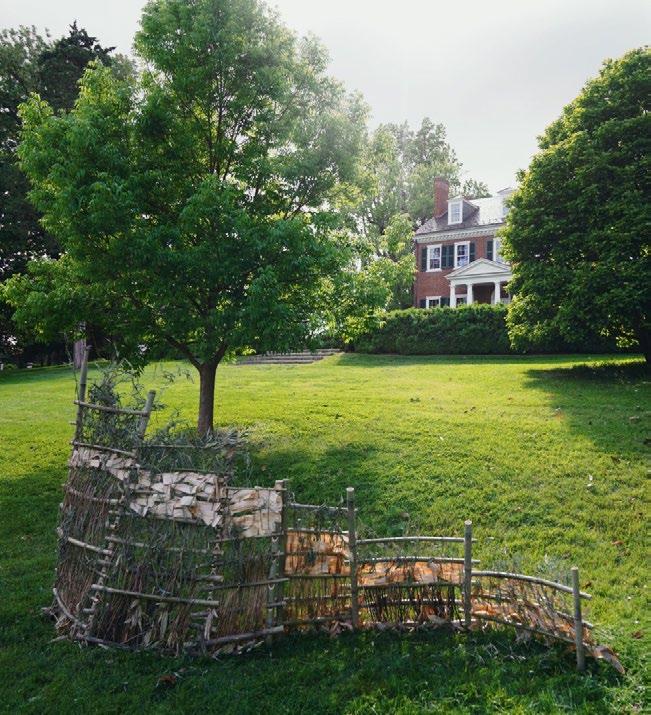
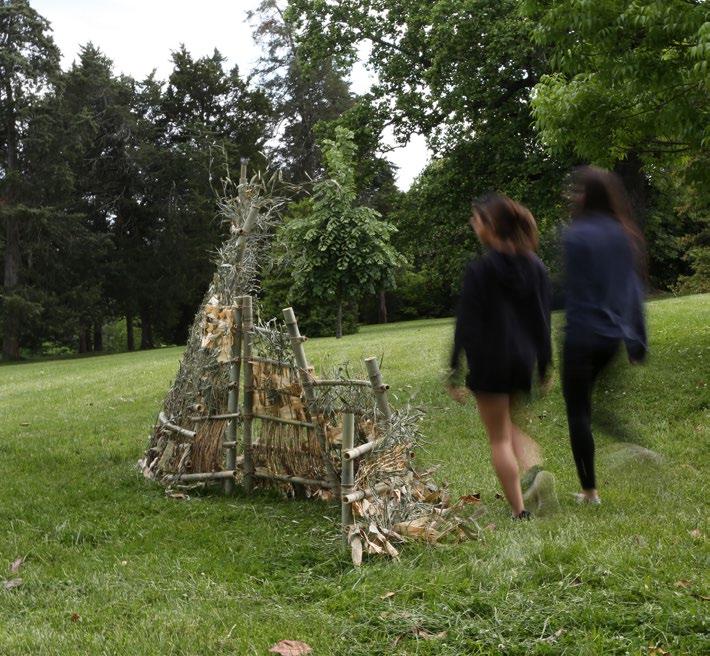
The land of Morven has had many different uses, purposes, and occupants. The Monacan People were the original inhabitants of the land. To honor their presence, we employ a weaving strategy into our design. Morven’s land has been profitable for certain individuals throughout its complex history. This wealth is made apparent with the presence of a Japanese Garden. Which is why there will be bamboo woven into the structure. The function of this land as a wealth generator traces back to the 19th century where it operated as a tobacco plantation. For this reason, we have chosen to weave tobacco leaves into the mid-section of our design. Another part of the land use and its history is its operation as a Stud Farm. This history will be incorporated into the design by having hay and grass material as the chosen woven materials at the top level of the project.
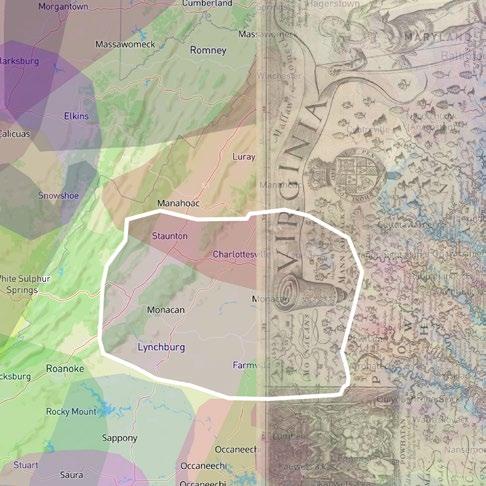
False Voids
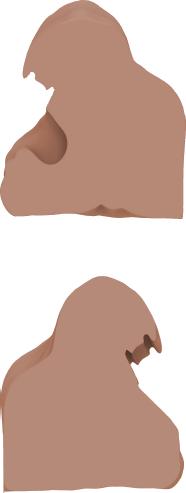

The project explores what a natural void is and the exploration of such within a piece of wood. Initially, I found my piece as a whole solid. However after doing digging, I unearthed a plethora of naturally occurring voids. I then derived a system to generate fabricated voids, further emphasizing the relationship between solid and not. These large, fabricated voids uncovered a multitude of smaller, natural ones. Using a system derived from the con - junction of the two, I generated a false solid, composed of voids inspired by the natural curvature and voided elements of the wood, and inserted it into the contrived piece
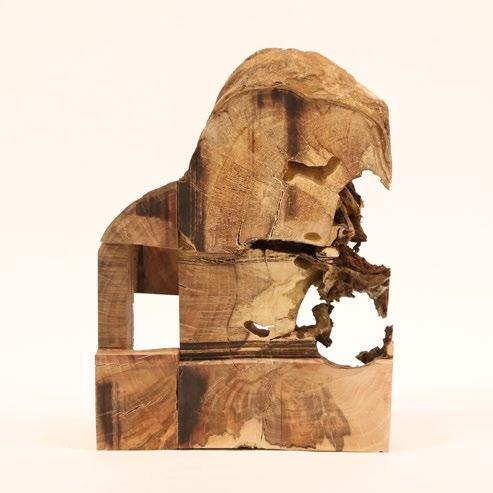
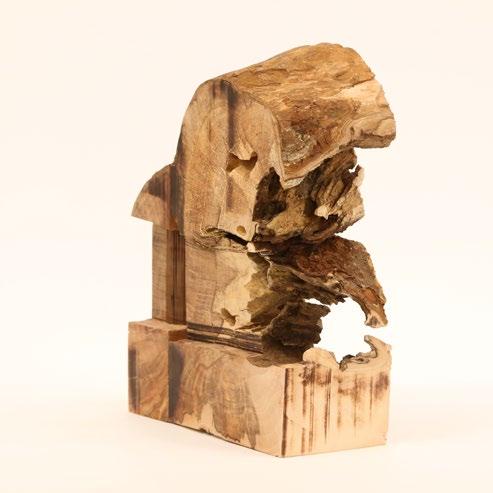
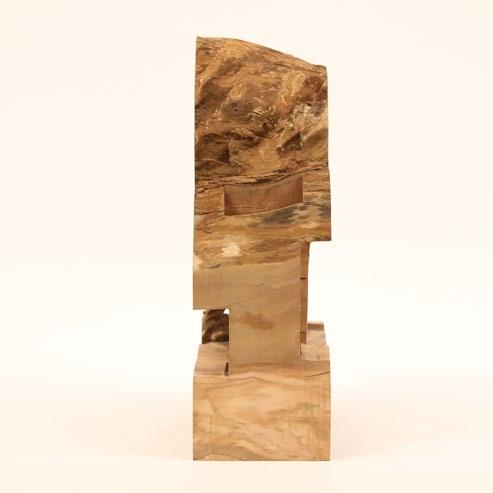
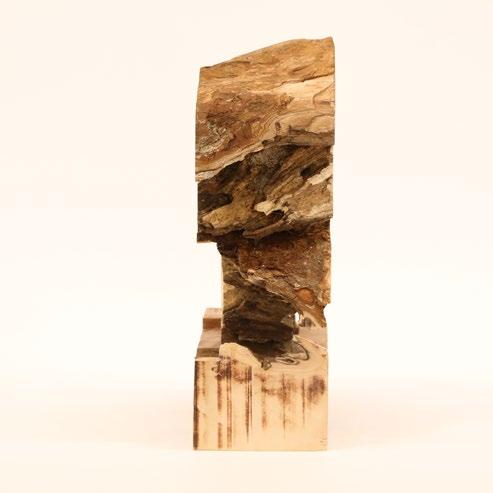

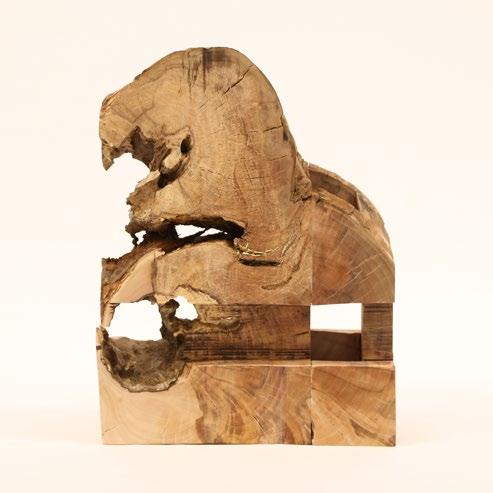
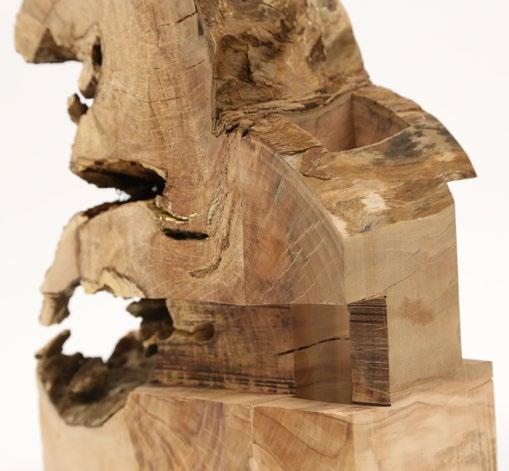
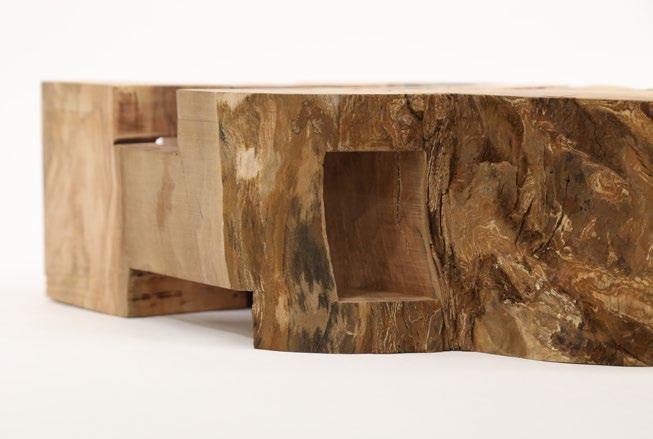
For Fun
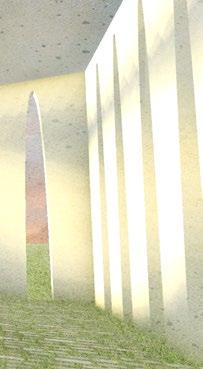
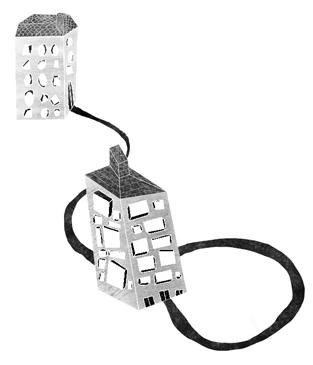
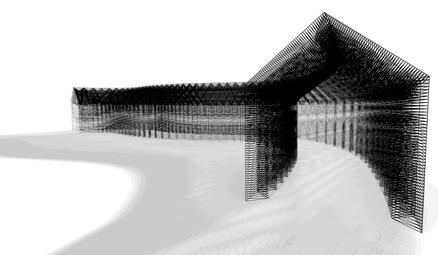
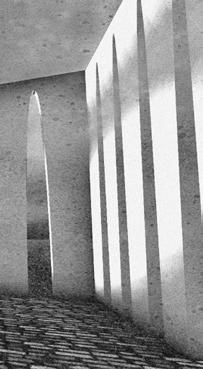
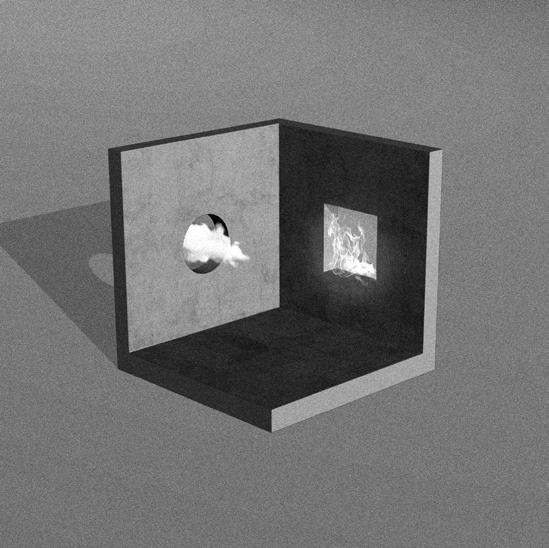
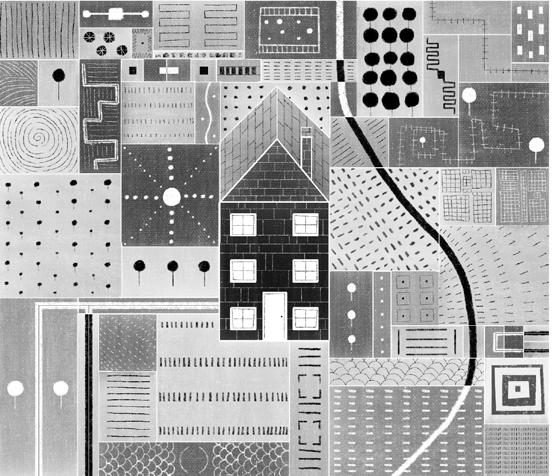
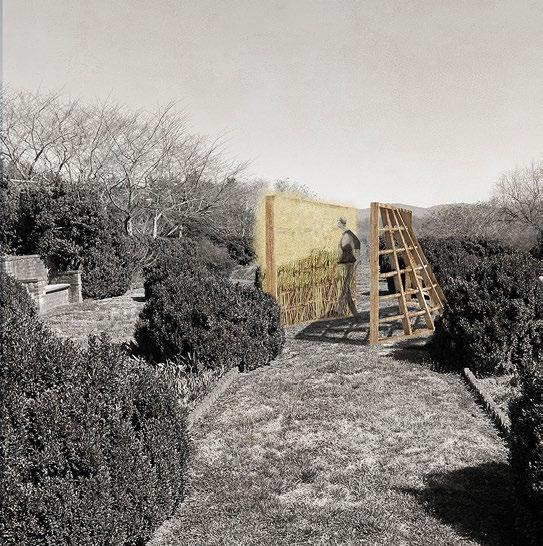
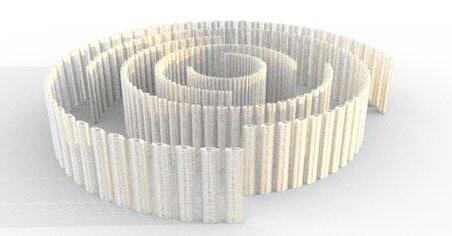
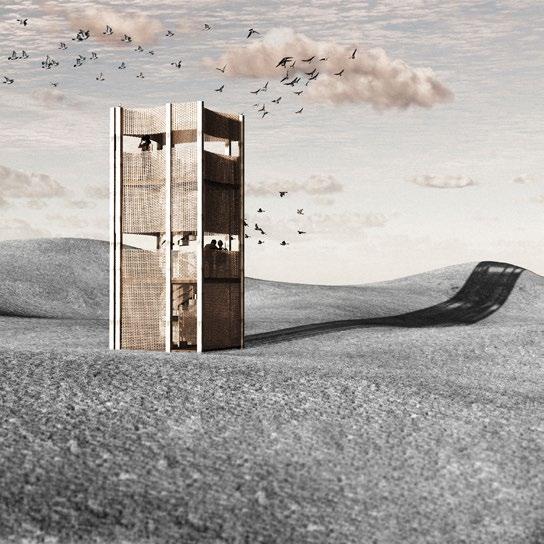
Examples of work I have done for my own personal enjoyment, exploring ideas I find interesting, challenging, or just downright fun. Work done in Rhino, Enscape, Photoshop, and Procreate.
